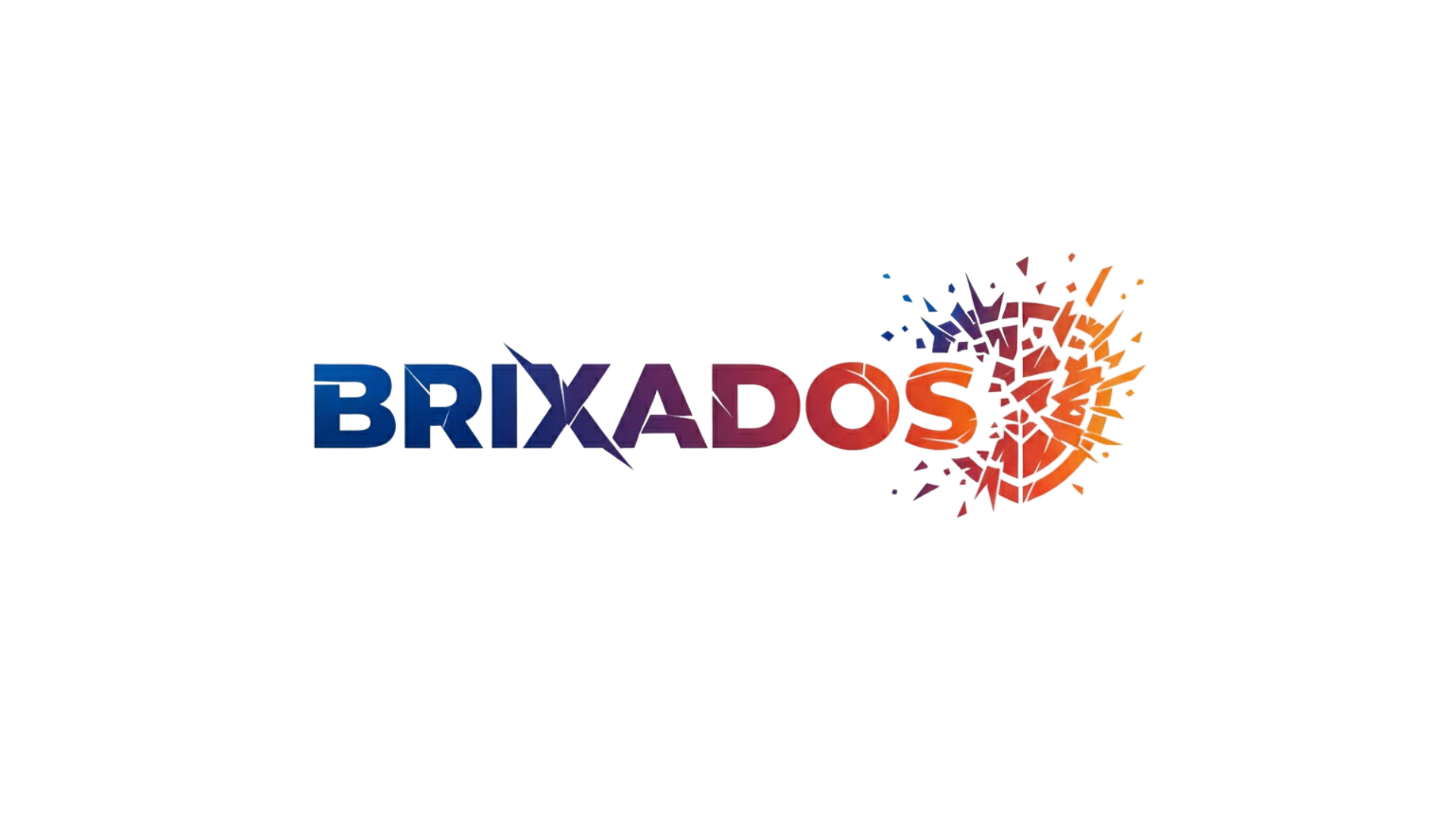Dreams have captivated humanity for millennia, serving as mysterious portals into the unconscious mind and offering profound insights into our deepest thoughts, fears, and desires.
🌙 The Ancient Gateway to Inner Wisdom
Throughout history, civilizations have regarded dreams as sacred messages from realms beyond ordinary consciousness. Ancient Egyptians built dream temples where seekers would sleep in hopes of receiving divine guidance. Greek philosophers like Aristotle pondered the nature of dreams, while indigenous cultures worldwide developed intricate systems for interpreting these nocturnal visions. Today, modern psychology continues to validate what our ancestors intuitively understood: dreams are far more than random neural firing—they are meaningful communications from our psyche.
The human mind processes an overwhelming amount of information daily. While our conscious awareness handles immediate tasks and decisions, the unconscious mind works tirelessly beneath the surface, cataloging experiences, emotions, and unresolved conflicts. Dreams emerge as the primary language through which this hidden aspect of ourselves communicates, offering solutions, warnings, and opportunities for psychological growth.
The Architecture of Dream Communication
Understanding how dreams function as messages requires recognizing their unique symbolic language. Unlike waking thoughts that follow linear logic, dreams speak through metaphor, emotion, and imagery. A dream about a collapsing house might not literally predict structural damage to your home, but could represent feelings about personal boundaries or family dynamics crumbling in your waking life.
This symbolic communication serves multiple purposes. First, it bypasses the ego’s defensive mechanisms that might reject uncomfortable truths during waking hours. Second, symbols can condense complex emotional situations into single, powerful images. A single dream symbol might contain layers of meaning that would require paragraphs to explain in ordinary language.
The Three Levels of Dream Messages
Dream researchers and psychoanalysts have identified distinct levels at which dreams communicate with the dreamer. The superficial level involves day residue—fragments of recent experiences that appear in slightly altered forms. These elements serve as the raw material the unconscious uses to craft its messages.
The intermediate level addresses current life situations and relationships. These dreams often present scenarios that mirror waking concerns, but from unexpected angles. A person struggling with workplace dynamics might dream of being back in school, unable to find their classroom—the setting changes, but the emotional truth of feeling lost and unprepared remains constant.
The deepest level touches archetypal themes and fundamental human experiences. These dreams feature universal symbols—the journey, the shadow figure, the wise elder, the divine child—that appear across cultures and throughout history. Such dreams often carry profound spiritual or transformative potential, marking significant psychological transitions.
🧠 Neuroscience Meets Ancient Wisdom
Modern brain imaging technology has revealed fascinating insights into the dreaming brain. During REM sleep, when most vivid dreams occur, the emotional centers of the brain show heightened activity while logical, executive function areas quiet down. This neurological shift creates the perfect conditions for processing emotional experiences without the interference of rational censorship.
The prefrontal cortex, responsible for critical thinking and reality testing, shows decreased activity during dreams. This explains why we accept bizarre dream scenarios without question while experiencing them. Simultaneously, the amygdala and hippocampus—structures involved in emotional processing and memory consolidation—become highly active. This neural configuration allows the brain to work through emotional experiences and integrate them into our broader life narrative.
Research has demonstrated that people who regularly remember and work with their dreams show improved emotional regulation and problem-solving abilities. Dreams appear to serve a crucial function in emotional digestion, helping us process experiences that might otherwise remain psychologically unresolved.
Decoding Your Personal Dream Language
While universal dream symbols exist, developing a relationship with your unique dream symbolism yields the most valuable insights. Your unconscious mind draws from your personal history, cultural background, and individual associations to create its symbolic vocabulary. Water might represent emotions for most dreamers, but someone who nearly drowned as a child might have a more complex, trauma-informed relationship with this symbol.
Building this personal dream dictionary requires consistent attention and recording. Upon waking, immediately capture whatever dream fragments you remember, including emotions, colors, and seemingly insignificant details. Over time, patterns emerge. You might notice that certain people in your dreams represent aspects of yourself, or that specific locations correspond to particular emotional states.
The Emotional Truth Behind Dream Imagery
The most reliable way to decode a dream focuses on the emotional tone rather than literal content. A dream about being chased rarely predicts actual danger, but the fear experienced reveals something about your waking life. What situations make you feel pursued or threatened? Where do you feel you cannot escape? The dream amplifies these emotions, making them impossible to ignore.
Recurring dreams deserve special attention. The psyche repeats these messages because something remains unresolved or unacknowledged. These persistent dreams often shift slightly each time, reflecting your evolving relationship with the underlying issue. When you finally address the core concern in your waking life, recurring dreams typically cease or transform significantly.
💭 Common Dream Themes and Their Messages
Certain dream scenarios appear so frequently across different dreamers that they warrant specific examination. These common themes tap into shared human experiences and concerns, though individual interpretations always remain paramount.
Dreams of falling often relate to feelings of losing control or lacking support in waking life. The sensation of plummeting through space mirrors the emotional experience of instability, whether in relationships, career, or self-identity. Rather than predicting actual falls, these dreams invite examination of where you feel unsupported.
Teeth falling out represents one of the most commonly reported dream themes worldwide. Interpretations range from anxiety about appearance and aging to concerns about communication and power. Teeth enable us to bite, chew, and speak clearly—losing them in dreams may reflect feelings of powerlessness or difficulty expressing yourself effectively.
Being unprepared for an exam or performance, even years after leaving school, reveals underlying feelings of being tested or judged in current life situations. The academic setting serves as familiar terrain for the psyche to explore broader themes of adequacy, preparation, and fear of exposure.
Transformational Dream Encounters
Some dreams carry such intensity and numinosity that they transform the dreamer’s understanding of themselves or their life path. These “big dreams,” as Jung called them, feature archetypal imagery and often leave lasting emotional impressions. People frequently remember these dreams for years or even decades, drawing continued meaning from them as their life unfolds.
Encounters with wise figures, journeys through fantastical landscapes, or confrontations with terrifying presences can mark significant psychological transitions. These dreams often occur during life passages—adolescence, midlife transitions, career changes, or the approach of death—when the psyche undergoes fundamental reorganization.
🌟 Practical Techniques for Dream Work
Engaging actively with your dreams strengthens the communication channel between conscious and unconscious mind. This relationship develops through consistent practice and genuine curiosity about what your dreams wish to convey.
Keep a dedicated dream journal beside your bed. Upon waking, lie still for a moment and scan your memory for dream fragments before reaching for the journal. Write in present tense to maintain the immediacy of the experience: “I am walking through a forest” rather than “I walked through a forest.” This subtle shift helps preserve the emotional tone and sensory details.
After recording the dream, note your immediate associations. What does each major symbol remind you of? What was happening in your life when you had this dream? How did you feel during the dream, and how do those feelings compare to your current emotional state? These questions begin the interpretive process without forcing premature conclusions.
Active Imagination and Dream Re-entry
Jung developed a powerful technique called active imagination that allows conscious dialogue with dream figures and symbols. In a relaxed, meditative state, return mentally to the dream scene and engage with elements there. You might ask a dream character what message they carry or follow a dream path to see where it leads.
This practice differs from ordinary fantasy because you maintain receptive awareness rather than directing the experience. The unconscious mind responds to genuine inquiry, often providing unexpected insights or continuing the dream narrative in surprising directions. Record these active imagination sessions alongside your dreams, as they form part of the ongoing conversation with your psyche.
Dreams as Problem-Solving Tools
Beyond emotional processing, dreams demonstrate remarkable problem-solving capabilities. The sleeping mind continues working on challenges you faced during waking hours, often arriving at creative solutions that eluded conscious effort. History records numerous scientific breakthroughs, artistic inspirations, and practical innovations that emerged fully formed from dreams.
This problem-solving function occurs because dreams access information and make connections that conscious thinking overlooks. While awake, our minds follow habitual patterns and logical constraints. Dreams liberate thinking from these limitations, combining disparate elements in novel ways and trying out scenarios without real-world consequences.
To harness this capacity intentionally, practice dream incubation. Before sleep, clearly formulate a question or problem you’re facing. Write it down and review it several times as you prepare for bed. Hold it gently in your awareness as you drift toward sleep, without straining or forcing. Often, either during that night or over subsequent nights, dreams will address the question, sometimes directly but more often through symbolic representation.
🔮 The Shadow Self in Dreams
Perhaps no aspect of dream work proves more valuable—and more challenging—than encountering the shadow. This Jungian concept refers to qualities, emotions, and potentials we’ve rejected or failed to recognize in ourselves. These disowned aspects don’t disappear; instead, they appear in our dreams as threatening figures, disturbing scenarios, or qualities we strongly dislike in other people.
Shadow figures in dreams often appear as frightening or disgusting characters—the criminal, the monster, the repulsive person. Our first instinct involves fleeing from or fighting these dream presences. However, the psyche presents these figures not as actual threats but as invitations to recognize and integrate rejected parts of ourselves.
Working with shadow material requires courage and honesty. When a disturbing dream character appears, rather than dismissing them as nightmare fuel, ask what quality or capacity they might represent. The scary figure might embody your own suppressed anger, unacknowledged ambition, or disowned creativity. By recognizing these projections, you reclaim valuable psychological energy and become more whole.
Cultural Perspectives on Dream Messages
Different cultures have developed sophisticated systems for understanding dreams as messages, each offering unique insights. Indigenous Australian cultures view Dreamtime as the foundational reality from which physical existence emerges. Dreams connect individuals to ancestral wisdom and the sacred patterns underlying all life.
Traditional Chinese medicine incorporates dreams into diagnostic practices, with specific dream content corresponding to imbalances in organ systems and energetic flows. A skilled practitioner might ask about dreams as part of understanding a patient’s overall condition, recognizing that nocturnal visions reflect internal states.
Islamic tradition honors certain dreams as true visions carrying divine guidance, distinguishing these from ordinary dreams arising from daily concerns. This discrimination between revelation and psychological processing acknowledges that dreams operate on multiple levels simultaneously.
✨ Integrating Dream Wisdom Into Daily Life
The ultimate value of understanding dreams as messages lies not in interpretation itself but in how you apply these insights to waking life. A dream revealing unacknowledged anger serves little purpose if you continue suppressing that emotion. The dream’s message becomes meaningful only when it catalyzes change, growth, or deeper self-understanding.
After working with a dream and identifying its core message, consider concrete actions that honor what you’ve learned. This might involve having a difficult conversation, setting new boundaries, pursuing a creative project, or simply acknowledging feelings you’ve been avoiding. The psyche responds to these outer actions with further dreams, creating an ongoing dialogue between inner and outer worlds.
Some dreams call for immediate action, while others ask for patient reflection. Learning to distinguish between these requires developing intuitive wisdom that complements analytical interpretation. Trust your gut sense about which dreams demand response and which simply seek acknowledgment.
When Dreams Signal Deeper Concerns
While most dreams serve normal psychological functions, persistent nightmares or extremely disturbing dream content may indicate trauma, anxiety disorders, or other mental health concerns requiring professional support. Dreams amplify emotional states, and when underlying psychological distress exists, dreams often reflect this intensely.
Post-traumatic stress disorder characteristically involves intrusive dreams that replay or symbolically represent traumatic events. These dreams serve a processing function, but the overwhelm they create can impede healing. Trauma-informed therapy approaches help individuals work with these dreams safely while addressing underlying wounds.
If your dreams consistently leave you feeling deeply disturbed, hopeless, or unable to function during waking hours, consider consulting with a mental health professional experienced in dream work. They can help determine whether your dreams reflect normal psychological processing or signal conditions requiring specific intervention.

🎯 The Ongoing Conversation With Your Psyche
Viewing dreams as messages from the psyche transforms your relationship with sleep and the unconscious mind. Rather than passive entertainment or meaningless static, your dreams become trusted advisors offering guidance, warning, inspiration, and healing. This shift in perspective often brings unexpected benefits beyond better dream recall—many people report feeling more connected to themselves, more creative, and better equipped to navigate life’s challenges.
The psyche speaks most clearly to those who listen. By dedicating attention to your dreams, recording them consistently, and genuinely exploring their meanings, you strengthen this communication channel. Over time, your dreams often become clearer, more vivid, and more obviously relevant to your waking concerns. The unconscious mind responds to your attention by offering increasingly accessible guidance.
This practice need not involve hours of analysis or complicated interpretation systems. Even simply pausing each morning to remember and honor whatever dreams you recall begins building this relationship. Ask yourself what feeling tone the dream carried and what it might be trying to communicate. Sometimes the answer arrives immediately; other times, understanding emerges days or weeks later when waking circumstances illuminate the dream’s meaning.
Dreams represent your psyche’s most persistent and creative attempt to communicate across the boundary between conscious and unconscious awareness. By learning this symbolic language and treating your dreams as valued messages rather than random noise, you gain access to inner wisdom that can guide, heal, and transform your life in profound ways. The mystery of dreams never fully disappears—their symbolic nature ensures continued depth and discovery—but unraveling their messages becomes an endlessly rewarding practice that enriches both your inner life and outer experience. 🌙✨
Toni Santos is a myth-psychology researcher and narrative writer exploring how archetypes, symbols and human story converge to shape mind, culture and meaning. Through his studies on the collective unconscious, comparative mythology and symbolic dream interpretation, Toni examines how the myths we tell reflect the patterns we live — and how awareness of these patterns can spark transformation. Passionate about hero’s journeys, mythic motifs and dream-language, Toni focuses on how story acts as both mirror and map for inner depth and growth. His work highlights the bridges between myth, psyche and culture — guiding readers toward a deeper encounter with themselves and the stories they carry. Blending psychology, mythology and narrative theory, Toni writes about the hidden architecture of meaning — helping readers understand how symbols, stories and dreams shape experience and identity. His work is a tribute to: The power of myth to reveal the unseen structures of psyche The journey from archetype to individual lived story The art of dream-language as a path to wholeness Whether you are a storyteller, psychologist or traveller in the inner landscape, Toni Santos invites you to explore the mythic dimension of mind — one symbol, one myth, one insight at a time.




